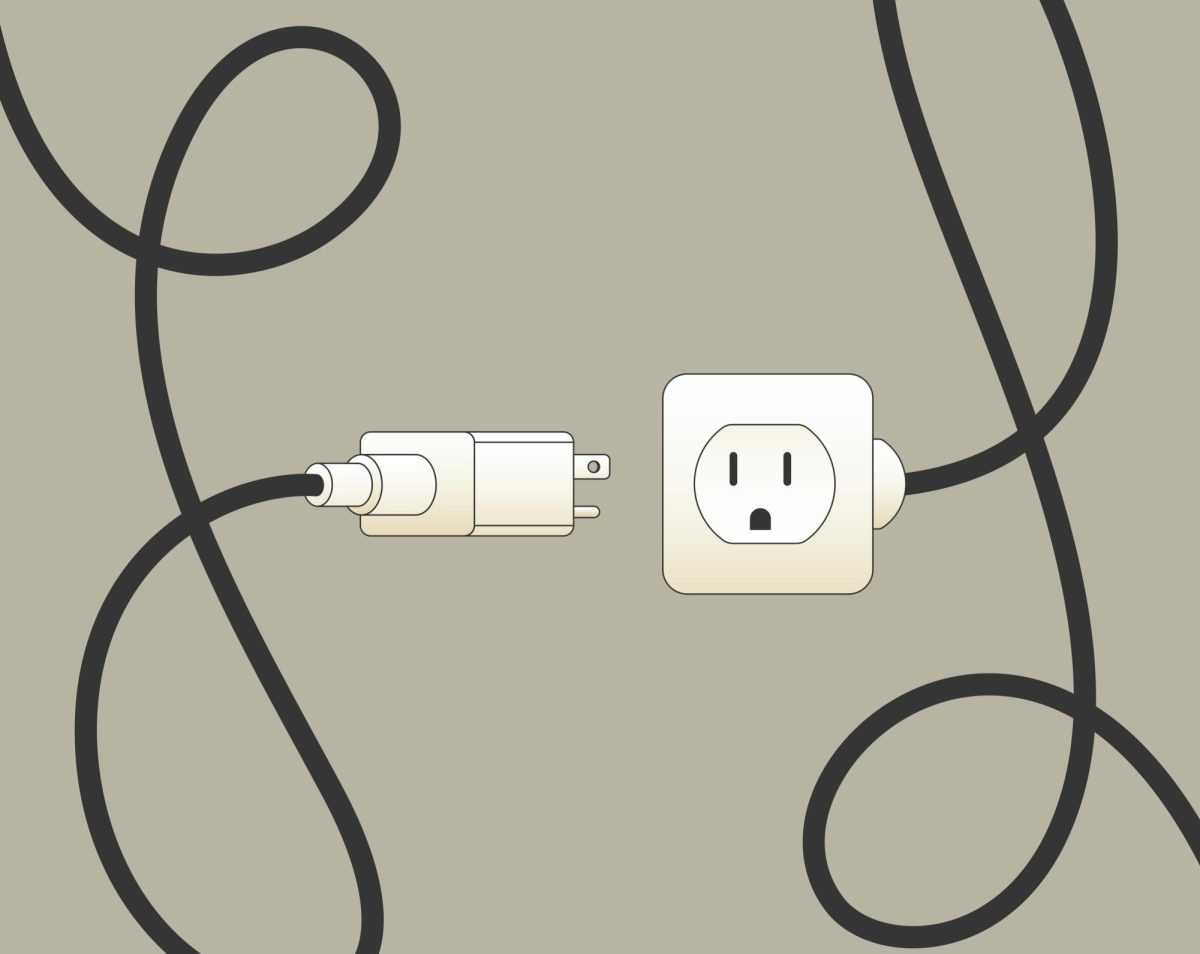On Jan. 20, 2017, Donald J. Trump was sworn in as the 45th President of the United States. The next day, millions of Americans took to the streets to voice their opposition to his presidency and promote a message of equality and inclusion.
According to the New York Times, around half a million Americans took part in the Women’s March on Washington — approximately three times more people than were at Trump’s inauguration. Hundreds of “sister marches” occurred in all corners of the United States and even in foreign cities such as Sydney, London, Paris and Berlin. Forbes is reporting an estimate of 3 million total protestors in total.
The official platform of the Women’s March on Washington was a progressive agenda supporting not only women’s rights but also LGBT rights, civil rights, immigrant rights, environmental justice and more. The Women’s March was a loud reminder that Trump was not elected by a majority of Americans, and it seems that they will not be a silent majority.
However, the question is this: Was the Women’s March on Washington just a historic day, or will it turn into a movement?
Recent events seem to suggest the latter. Protests in New York and Philadelphia occurred just 5 days into the new presidency in response to Trump’s executive orders. Constituents have begun to protest against Trump cabinet nominees at their senator’s offices.
Organizations such as Planned Parenthood and EMILY’s List have already begun to capitalize on the march in an attempt to carry the momentum forward into the 2018 midterms and 2020 presidential election by recruiting women to run for office and to volunteer. Senator Kirsten Gillibran, a Democrat from New York, proclaimed that the march was “the moment of the beginning of the revival of the women’s movement.”
What role will the Democratic Party play in the movement? As of now, Democrats only control 16 governorships, 12 state legislatures and have a minority in both houses of Congress.
In order to make gains in these areas in 2018 and 2020, the Democrats will need to take the momentum from the march and translate it into continued action over the next 4 years.
People are encouraged to call their senators and representatives, volunteer, protest and even run for office themselves.
The Democratic base is angry but energized, and both the Democratic Party and outside organizations will have to turn their anger into sustainable action in order to create real change. The all-too-common mindset that Trump’s presidency will self-destruct leads to complacency in fighting to regain power at both state and federal levels and in organizing to obstruct unfavorable policies.
A coordinated resistance to Trump and the GOP-controlled Congress is the only plan that has any chance of restraining what the Republican Party will be able to accomplish in the next four years.
The Women’s March was an incredible display of resistance but if it stands alone without supportive grassroots efforts as the only form of action against the Trump Administration, the White House will continue to ignore the demands of a majority of the American public.
Moving forward, the next and hardest task for the Democrats will be to take a hard look at the Women’s March and figure out how to transform it from a moment into a movement.








